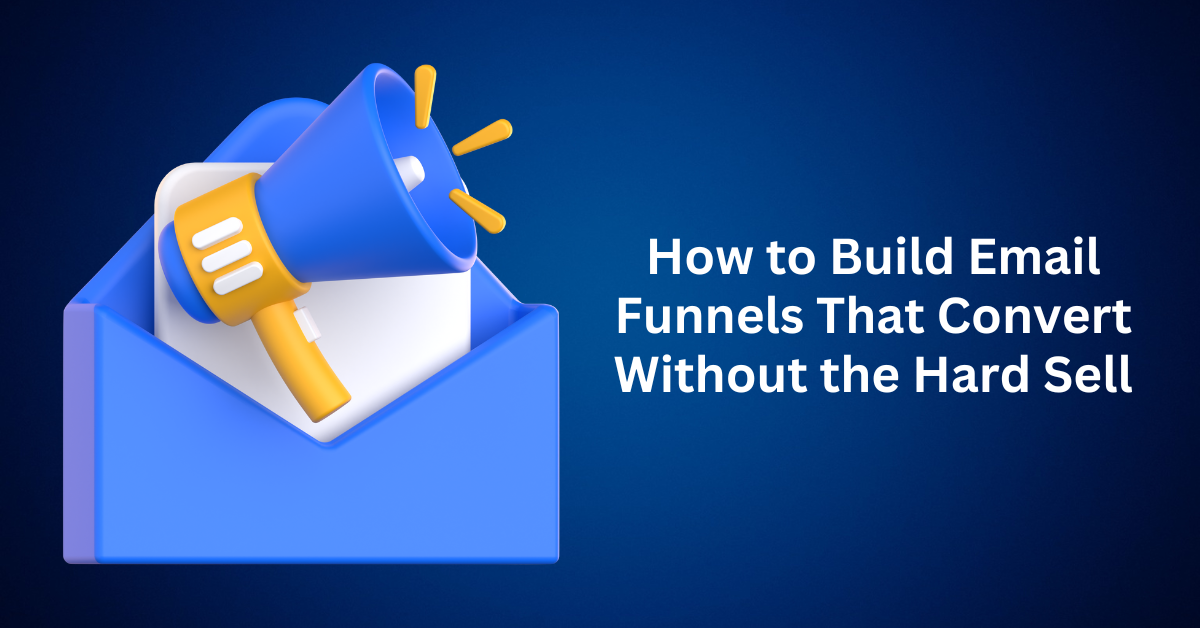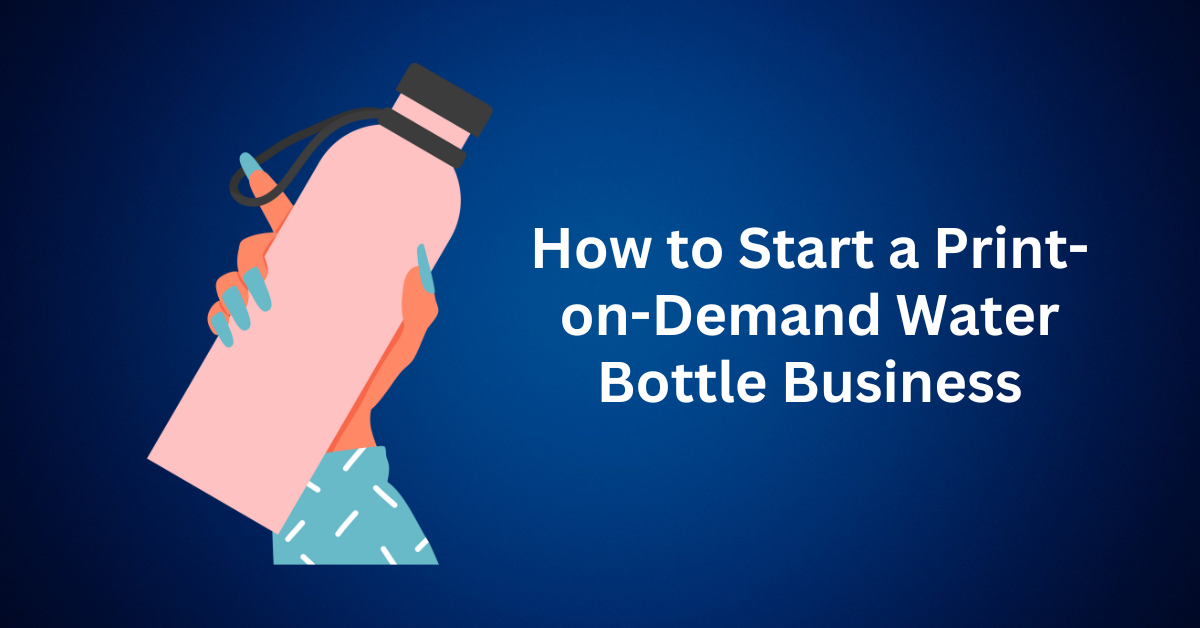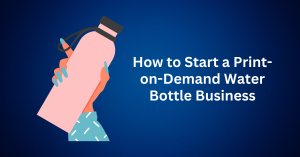When most people think of email marketing, they imagine endless promotions, discount codes, and pushy sales messages that clog up inboxes. But here’s the truth: you don’t need aggressive tactics to generate sales. In fact, the harder you push, the more likely people are to pull away. High-converting email funnels doesn’t feel like a sales pitch.
Instead, it feels like a natural conversation between you and your subscribers. The right funnel creates curiosity, builds trust, and guides readers toward a purchase decision they feel good about, without pressure or gimmicks.
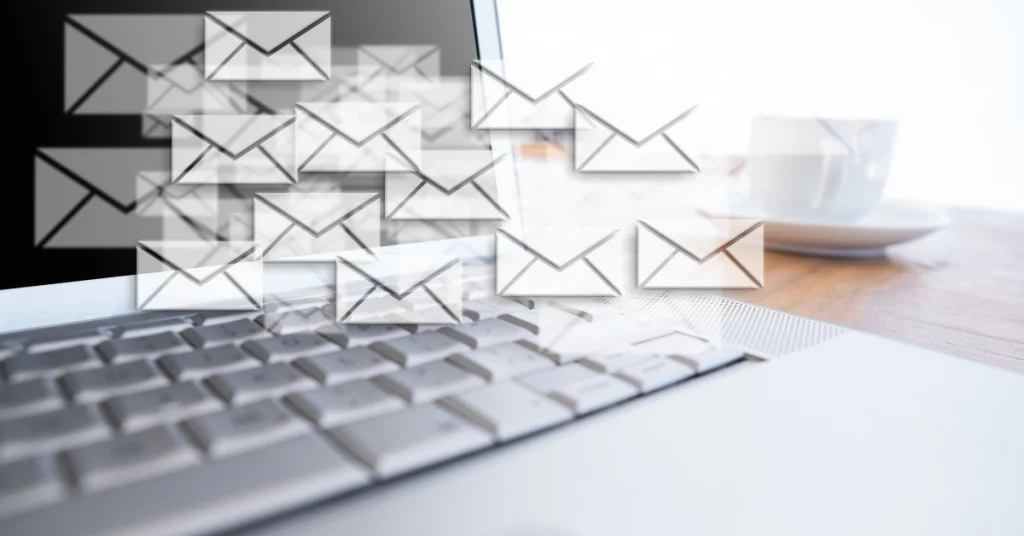
Table of Contents
ToggleWhy Traditional Sales Tactics Don’t Work Anymore
Consumers today are smarter and more skeptical than ever. Flash sales, endless countdown timers, and constant discounts might trigger quick wins, but they rarely lead to loyal customers. People don’t want to feel manipulated—they want to feel understood.
That’s where a thoughtful email funnel comes in. By focusing on connection, clarity, and timing, you transform your email list into a reliable sales engine that nurtures relationships and builds long-term growth.
What Makes Email Funnels Convert?
A successful funnel does more than push products. It:
- Builds connection – Your subscribers should feel like they’re hearing from a real person who understands their needs.
- Offers clarity – Messages must be simple, direct, and focused on solving problems.
- Respects timing – Sending the right message at the right stage of the journey makes the difference between a skipped email and a conversion.
When these elements align, your subscribers don’t feel sold to; they feel guided. The purchase becomes their choice, not your demand.
The Secret to Selling Without Selling
At its core, effective marketing isn’t about clever words or flashy campaigns. It’s about clarity and value. If your funnel is designed to help first and sell second, the sales will naturally follow.
Think of your email funnel as a bridge: it takes someone from a curious browser to a confident buyer. Every email is a stepping stone. Answering questions, removing doubts, and showing the benefits of your solution.
Steps to Build Email FunnelsThat Work
- Start with a strong lead magnet: Offer something valuable upfront—a free guide, checklist, or mini-training—that solves a specific problem for your audience.
- Nurture with valuable content: Use follow-up emails to educate, inspire, and build trust. Share tips, success stories, or practical advice that proves your expertise.
- Segment your list: Not every subscriber is at the same stage. Tailor your messages so readers get what’s most relevant to them.
- Introduce your offer naturally: When the time is right, present your product or service as the logical next step. No push, no hype—just a clear solution to their problem.
- Automate strategically: Set up workflows that deliver the right message at the right time without requiring constant manual effort.
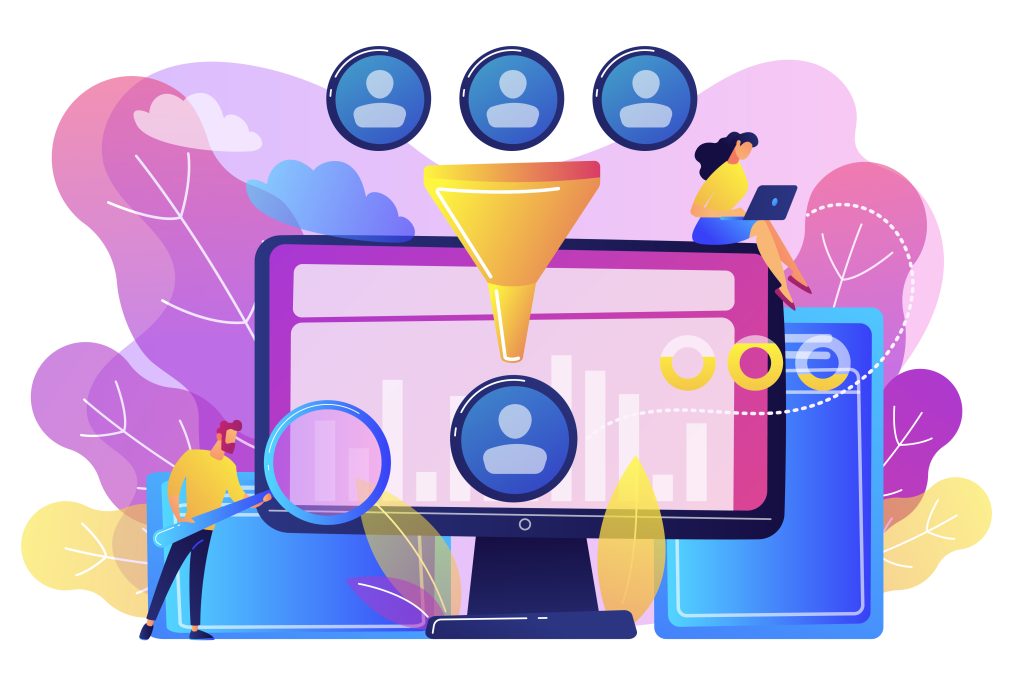
Why Pushy Emails Fail and How to Create Email Funnels That Actually Work
We’ve all experienced it: the inbox avalanche of subject lines shouting “Don’t miss out!” or “Final chance to buy!”. At first, those urgency tactics might spark curiosity. But when every email sounds like an emergency, the magic wears off fast. Instead of driving action, your messages start to feel like noise.
The truth is, while urgency can create quick wins, leaning on it as your primary email marketing strategy damages trust. If your subscribers begin associating your brand with pressure, gimmicks, and overhyped promises, they won’t just ignore your emails—they’ll actively unsubscribe.
So, what’s the alternative? A softer, smarter approach: email funnels designed to guide, not push.
The Problem With High-Pressure Emails
On the surface, countdown timers and bold urgency lines look effective. They trigger FOMO (fear of missing out) and can generate sales spikes. But here’s the catch:
- It trains people to wait for discounts. If your audience thinks another “last chance” is coming tomorrow, why buy today?
- It erodes brand credibility. Constant hype makes your business look needy instead of in-demand.
- It kills engagement over time. People open fewer emails when they already know what to expect—more pressure.
In other words, pushy emails may win the battle but lose the war.
What to Do Instead: Shift From Pitch to Guidance
The most effective email funnels don’t pressure subscribers into making decisions. Instead, they make readers want to decide. The difference? Guidance over gimmicks.
Think of it like this:
- A pushy funnel says: “Buy now or miss out forever!”
- A guided funnel says: “Here’s how this solution can help you, and why it may be the right fit for you now.”
This approach transforms your marketing from a transaction into a relationship. Subscribers no longer feel cornered—they feel supported.
Why Soft-Selling Email Funnels Convert Better
Soft-selling isn’t about avoiding sales—it’s about shifting the focus. You’re still leading subscribers toward a purchase, but you’re doing it in a way that feels natural and respectful. Here’s why it works:
- Subscribers feel in control. People love buying, but they hate being sold to.
- Trust builds naturally. Every message adds value before asking for a commitment.
- Conversions happen organically. Instead of resisting, readers move forward at their own pace.
The result? More loyal customers, higher lifetime value, and fewer unsubscribes.
The Secret to Pressure-Free Email Conversions
Most people think email marketing success comes from flashy promotions, constant discount codes, or endless reminders to “buy now.” But in reality, the most profitable email funnels often feel nothing like a sales pitch. They don’t overwhelm subscribers with pressure. Instead, they guide readers naturally toward a decision—one that feels like their own choice.
That’s the essence of pressure-free email conversions: selling without the hard sell. And when you get it right, your subscribers don’t just open your emails; they look forward to them.
The Core Components of Soft-Selling Email Funnels
Successful soft-selling funnels share a few essential ingredients. Let’s break them down:
1. Lead With Value, Not an Offer
Your first emails should give before they ask. Whether it’s a helpful tip, an insightful perspective, or a free resource, start the conversation by providing something your reader can immediately use.
This positions you as more than a marketer—you become a trusted voice in their inbox. By establishing credibility early, your eventual offers feel like natural extensions of the value you’ve already delivered.
2. Guide With Narrative and Relevance
Instead of pushing product links in every email, use stories, lessons, and relatable examples to connect with your audience. Share customer success stories, walk them through your own experiences, or highlight transformations they aspire to achieve.
When your content feels relevant to their needs and goals, readers stay engaged. And engagement is what builds the bridge from curiosity to conversion.
3. Use Strategic Calls to Action
The call to action (CTA) is still important—but it shouldn’t dominate every email. A soft-selling funnel places CTAs at natural points where readers are already leaning toward a solution.
Instead of interrupting the flow, your offer becomes the logical next step. The reader doesn’t feel pushed; they feel ready.
How Automation Supports the Soft-Sell Approach
The beauty of modern email marketing is that you don’t have to manually craft every interaction. A user-friendly funnel builder allows you to create automated sequences that deliver value, tell stories, and introduce offers, all without overwhelming your list.
- Onboarding sequences welcome new subscribers and set the tone with value-driven messages.
- Nurture campaigns provide ongoing insights, tips, and relatable stories that build trust over time.
- Launch funnels guide readers toward a purchase decision with the right balance of education and timely offers.
With automation, you’re not only saving time. Instead, you’re scaling your impact while keeping your subscribers engaged and loyal.
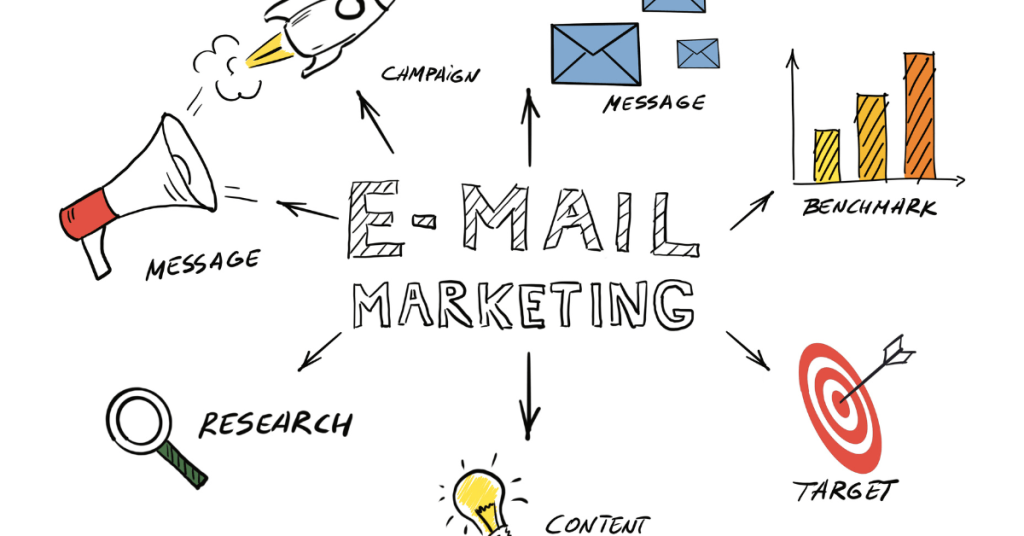
Breaking Down Soft-Selling Email Funnels
Hard-selling tactics can create quick wins, but they often damage long-term trust. That’s why more marketers are embracing soft-selling email funnels. Sequences that build relationships, deliver value, and guide subscribers naturally toward a purchase.
Instead of overwhelming your audience with daily promotions, a well-structured funnel nurtures curiosity, shifts beliefs, and positions your offer as the logical next step. Let’s walk through a proven five-email sequence that sells consistently, without pressure.
Email 1: Deliver Value Immediately
The first email sets the tone for the entire relationship. Whether your subscriber just downloaded a free guide, joined a webinar, or purchased a low-ticket product, the priority is simple: give them exactly what they signed up for.
- Send the promised resource right away.
- Add a quick note about what’s coming next.
- Reassure them that they made the right choice by joining your list.
This creates instant credibility and conditions your subscriber to open future emails with confidence.
Email 2: Introduce a Belief Shift
Now that you’ve earned attention, it’s time to challenge your reader’s perspective. This email plants seeds of curiosity by introducing a better way to think about their problem.
For example:
- Share a personal story about how you discovered a new approach.
- Highlight a common mistake most people make.
- Contrast the “old way” versus the “better way.”
You’re not selling here, you’re guiding. This belief shift lies at the foundation of why your solution exists.
Email 3: Share a Framework or Process
Once curiosity is sparked, your audience wants clarity. This is where you share your unique process, method, or framework.
Keep it simple and inspiring:
- Use bullet points or steps to make it easy to digest.
- Explain why your approach works without overwhelming details.
- Invite them to imagine themselves using this framework successfully.
By the end of this email, subscribers should feel motivated and curious about what comes next.
Email 4: Address the Real Problem
This is where you deepen the conversation and show empathy. Instead of staying surface-level, you dive into the root challenges your audience faces.
- Call out the hidden frustrations or fears they rarely talk about.
- Show that you understand the problem better than anyone else.
- Position your approach as the key to overcoming it.
By addressing the real problem, you’re not just selling. Instead, you’re demonstrating authority and building trust.
Email 5: Extend an Invitation, Not a Pitch
Finally, you present your offer. But here’s the key: make it an invitation, not a push.
Your tone should sound like this:
“If this feels like the right next step for you, here’s how you can go deeper.”
This subtle shift turns your offer into a choice, not an ultimatum. The reader feels empowered to decide, which dramatically improves conversions while preserving trust.
Automating Your Soft-Selling Funnel
The beauty of this structure is that it’s scalable. With funnel-building software or an email marketing automation platform, you can set up these five emails once and deliver them automatically to every new subscriber.
- Onboarding flows ensure every lead gets the same positive first impression.
- Nurture sequences build long-term trust without constant manual effort.
- Offer invitations appear at the perfect moment, when the subscriber feels ready.
By automating the process, you save time while delivering a personalized, pressure-free journey that converts consistently.
Why Soft-Selling Works Long-Term in Email Funnels Marketing
The phrase “selling without selling” might sound like a paradox, but it’s one of the most powerful strategies in modern email marketing. Soft-selling isn’t about avoiding the sale. Instead, it’s about creating the conditions where people want to buy on their own.
When buyers feel like the decision is theirs, they’re not only more likely to convert. They’re also more likely to stick around. Instead of experiencing buyer’s remorse, they feel empowered and confident in their choice. That confidence leads to loyalty, repeat purchases, referrals, and even natural upsells down the line.
Unlike flash-sale emails or gimmicky countdowns, soft-selling email funnels are a long-term growth strategy. They build trust, deepen relationships, and position your brand as a reliable partner rather than just another vendor. Best of all, they can be built, tested, and fully automated with today’s funnel-building tools, so your business grows steadily without constant manual effort.
Why You Shouldn’t “Always Be Selling”
One of the biggest mistakes businesses make is assuming every email must directly sell something. That approach might bring in short bursts of revenue, but it’s unsustainable.
Think of your email list like a friendship. Would you want to spend time with someone who only talks about themselves, constantly asks for favors, and never offers anything in return? Probably not. The same principle applies to email marketing.
If every message is a sales pitch, subscribers stop opening. Worse, they may unsubscribe altogether. But when your emails feel like a genuine relationship, your audience stays engaged—and much more receptive when you do make an offer.
What to Send Instead of Constant Sales Emails
The key is rhythm. Not every email should sell, but every email should add value in some way. A healthy balance might look like this:
- Teach or share helpful content: Give your subscribers a tip, strategy, or insight they can use immediately.
- Tell a short story with a lesson: Stories connect emotionally and make your brand feel relatable. A personal anecdote or customer success story works well here.
- Invite a soft step forward: Encourage them to watch a short video, read a case study, or download a resource, something low-commitment that builds momentum.
- Make an offer when it makes sense: Present your product or service as the natural next step once trust and interest are already established.
This mix creates a sense of balance and reliability. Your subscribers open emails because they enjoy them, not just because they’re waiting for the next discount code.
The Long-Term Advantage of Soft-Selling
Soft-selling email funnels may take more thought up front, but the payoff compounds over time:
- Higher engagement rates – Subscribers keep opening because your content consistently delivers value.
- Better quality customers – People who buy on their own terms are more aligned with your offer and less likely to churn.
- Increased lifetime value – Trust-driven customers buy again and again, and they’re more likely to recommend you.
- Scalable growth – With automation, you can run soft-selling funnels 24/7 without burning out your list.
Final Thoughts: Let the Email Funnels Do the Talking
If you’ve been holding back on emailing your list because you’re afraid of sounding too “salesy,” the solution isn’t to send fewer emails—it’s to send smarter ones.
A well-structured soft-selling email funnel makes your emails feel like genuine guidance rather than hype. Instead of pushing products, you’re teaching, sharing insights, and inviting subscribers to take the next step when they’re ready. The result? Higher engagement, stronger trust, and more sales because people actually look forward to hearing from you.
You don’t need to write perfect copy to make this work. What you need is a proven framework that takes the guesswork out of your strategy. With the right funnel-building software, you can design and automate an entire sequence that:
- Delivers value consistently.
- Nurtures leads without pressure.
- Converts subscribers into loyal customers.
When your funnel does the talking, you don’t have to worry about being pushy. You simply guide your audience through a journey that feels natural and authentic while your business grows in the background.

